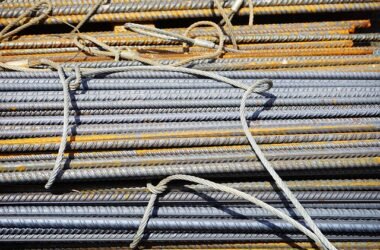In many workplaces, experts typically recommend an industrial dust extractor, but why is dust such a large problem in the first place? Let’s answer this very question!
What is Dust?
Dust is made up of tiny particles, such as sand, stone, and other materials which are found in the air. When disturbed or inhaled, these particles can cause ill health and other serious problems. For some, it’s simple problems like sneezing and coughing, but for others, dust can cause serious respiratory illnesses such as asthma, bronchitis and even serious illnesses.
What are the Risks of Dust?
Dust in the workplace can be quite dangerous to those who work in it. It can cause skin irritation and allergies, as well as eye, nose and throat irritations. Long-term exposure to dust can also lead to serious respiratory illnesses such as pulmonary edema, asthma and bronchial pneumonia.
In addition to these medical risks, dust can also cause other equipment and safety hazards. Dust particles in the air can interfere with the proper operation of machinery and electronic equipment, leading to costly damage and even injuries. Dust can also accumulate on surfaces, creating dangerous slips and falls.
Why is Dust So Problematic?
Dust particles are very small and can easily become airborne, which is why it’s so important for employers to take precautions to reduce the risk of dust in the workplace. These particles are easily inhaled, and once they enter the body, they can cause serious illnesses. Dust also poses a health risk for employees with existing respiratory issues, like asthma.
With dust being so small, it can often be difficult to monitor levels in the workplace. Employers should have a system of inspections and testing in place to ensure that dust is kept to a minimum. Ventilation systems should also be checked regularly for any dust buildup.
How to Reduce Dust in the Workplace
Employers should make sure to identify any sources of dust in the workplace and take steps to reduce or eliminate them. Common sources of dust include production processes such as grinding, sawing, and sanding. Utilising dust collection systems such as vacuums or other air filtration systems can help reduce the amount of dust in the workplace. Employers should also make sure that workers are using appropriate personal protective equipment (PPE) when working in dusty areas.
If you’re not sure it’s best to consult a professional who can help you identify potential sources of dust and the best ways to reduce or eliminate them. Additionally, employers should ensure workers are aware of the potential health risks associated with dust and that they have access to information about how to protect themselves. This could include access to safety data sheets, safety training and instruction on how to use PPE correctly.
In Australia, various guidelines and regulations are in place to help protect workers from dust. Many of these guidelines state that employers should take steps to reduce, if not eliminate altogether, the levels of dust in the workplace. These measures may include:
- Ensuring good ventilation and air movement by providing fans or other means, such as LEV systems.
- Regularly cleaning and maintaining any machinery, equipment or tools to minimise dust production.
- Providing personal protective equipment (PPE) such as dust masks and gloves to workers who are exposed to high levels of dust.
- Ensuring that employees have access to clean drinking water and adequate toilet facilities.
- Monitoring workplace air quality and dust levels using dust meters or other instruments, as required by law.
- Training employees on the potential health risks associated with dust and how to reduce their exposure.




